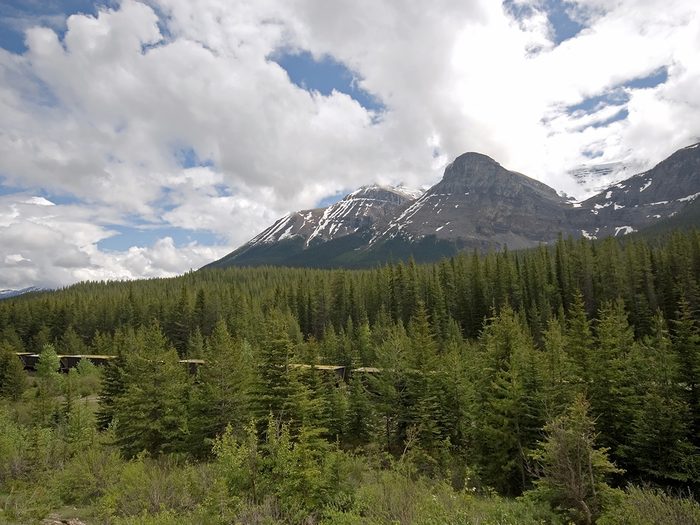
Great Canadian Legends
The Legend of Kicking Horse
A name you won’t soon forget, Kicking Horse Pass has a rather epic story behind its unusual moniker.
In 1858, while accompanying John Palliser on an expedition to find a route through the Canadian Rockies to extend the railway, a geologist named James Hector splashed into a nearby river, chasing a pack horse that had come loose. Tying him up near his own steed, the two horses began to fight, and Hector ended up kicked in the head and knocked out cold to the point where his Indigenous guides assumed him dead. He awakened to find himself in their arms—on the way to his grave. Once confirming that he was, in fact, still among the living, he explored the valley and river further. The train eventually came this way, and both the mountain pass and river would end up being named in honour of the Canadian legend.
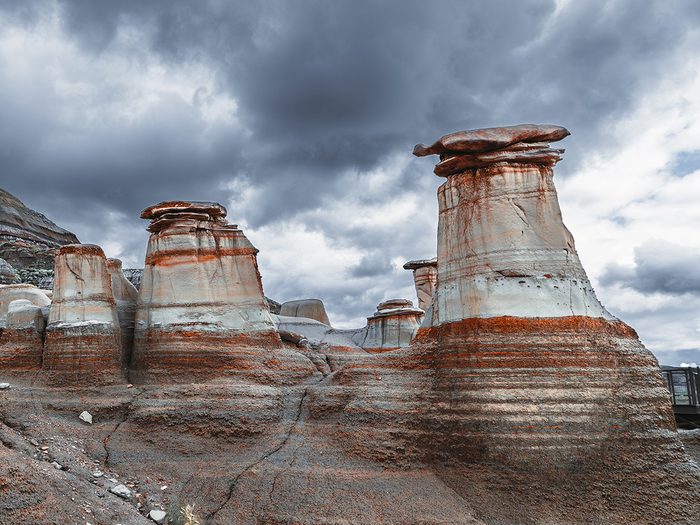
Hoodoos
If you ever find yourself in Drumheller, Alberta, you’ll want to keep an eye out for these bizarre—yet beautiful—spires of rock. Known as hoodoos, the fascinating formations can tower as high as 45 metres, and provide a breathtaking photo opp.
Although a geologist would explain them away as the product of millions of years of erosion—in which a lower layer of soft rock wears away, leaving a top-heavy layer of harder rock balancing precariously on a thin stem—Canadian legends are somewhat more poetic. According to folklore, these monoliths—sometimes called “fairy chimneys”—were human beings until a witch turned them to stone. Other Canadian legends tell of travellers witnessing the hoodoos reveal themselves to be wizards, offering a helping hand by pointing them in the right direction.
Check out Canada’s most baffling unsolved mysteries.
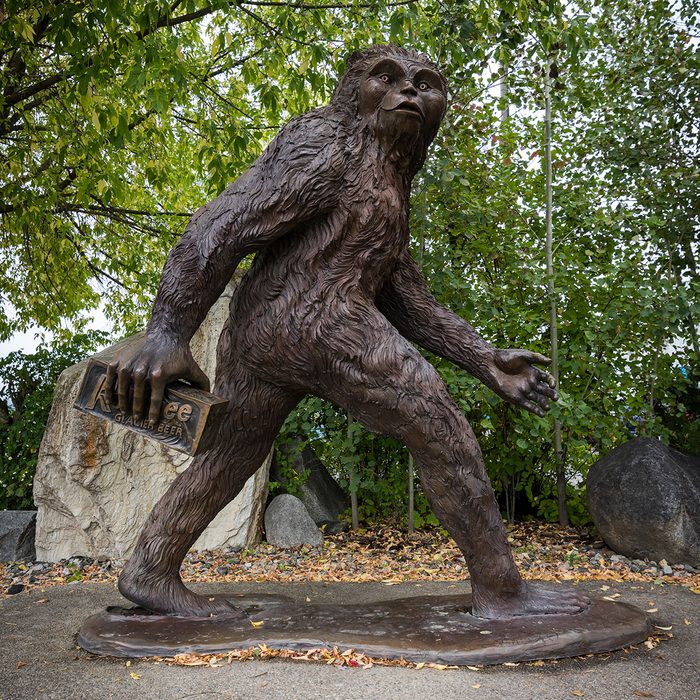
The Sasquatch
According to Canadian legends, this giant, furry creature has been stalking the woods and waters of the Pacific Northwest for centuries. Sometimes called “Bigfoot,” the term Sasquatch was coined in the 1920s by a Canadian government agent named J. W. Burns, in a series of newspaper articles based on Indigenous stories he collected as he travelled the west. Most biologists and other scientists refute Bigfoot’s existence, instead asserting sightings of the creature to be mistaken encounters with a grizzly or black bear.
Nevertheless, this Canadian legend is so engrained in the lore the Rockies that it’s even made its way into Rocky Mountaineer’s official “Field Guide to Local Wildlife.” According to the guide (which —with tongue planted firmly in cheek—classifies the bipedal beast under its Latin name of “footeus biggus”), guests should keep their eyes peeled for a beast with ape-like facial features, standing three-metres in height. If you don’t spot the notoriously shy guy, perhaps you’ll see evidence in the form of a footprint—they’re hard to miss, as they’re reportedly 60 centimetres from heel to toe.
What’s in a name?
“Sasquatch” is actually an Anglicized version of the term sásq’ets, used by the Halkomelem First Nations to describe a mysterious, mythical “wild man.”
Find out what it’s really like riding the rails onboard Rocky Mountaineer.
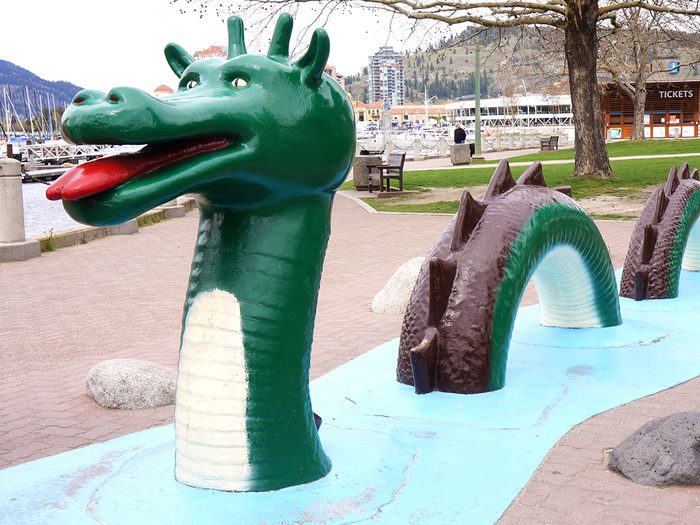
Ogopogo
You don’t have to venture all the way to Loch Ness for a chance to spot a sea serpent! According to legend, Okanagan Lake—which winds 135 kilometres from Vernon to Penticton, B.C.—has its very own modern-day monster. Dubbed “Ogopogo,” the elusive beast is alleged to be 15 metres long, and some cryptozoologists suggest it’s a leftover from the day of the dinosaurs. Numerous sightings of the creature have been recorded since the 19th century, and the legend of Ogopogo has spread beyond the Great White North and become the topic of several monster investigation TV shows.
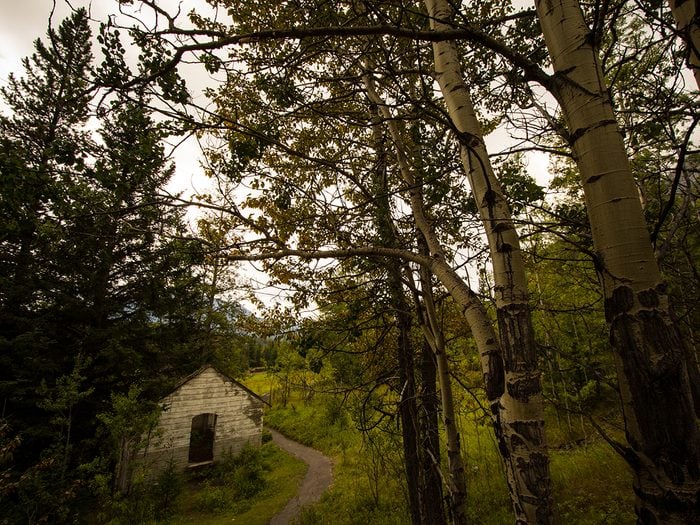
A Real-Life Ghost Town
In the mood for a spine-tingling adventure? How about exploring a real-life ghost town?
A hundred years ago, Bankhead, Alberta—located less than 10 kilometres from Banff—was a bustling coal-mining community that boasted some 1,500 residents. Utterly abandoned after the closure of the mines in the early 1920s, it’s now one of Banff National Park’s most haunting ruins. While some of the most significant buildings (including the railway station) have now been relocated to the Banff town site, you can take a walk along an interpretive trail through Bankhead to see what remains—although you should probably do so during the day, lest you attract any unanticipated guides…
Looking for more Canadian legends to give you goosebumps? Don’t miss our chilling guide to the most haunted places in Canada.